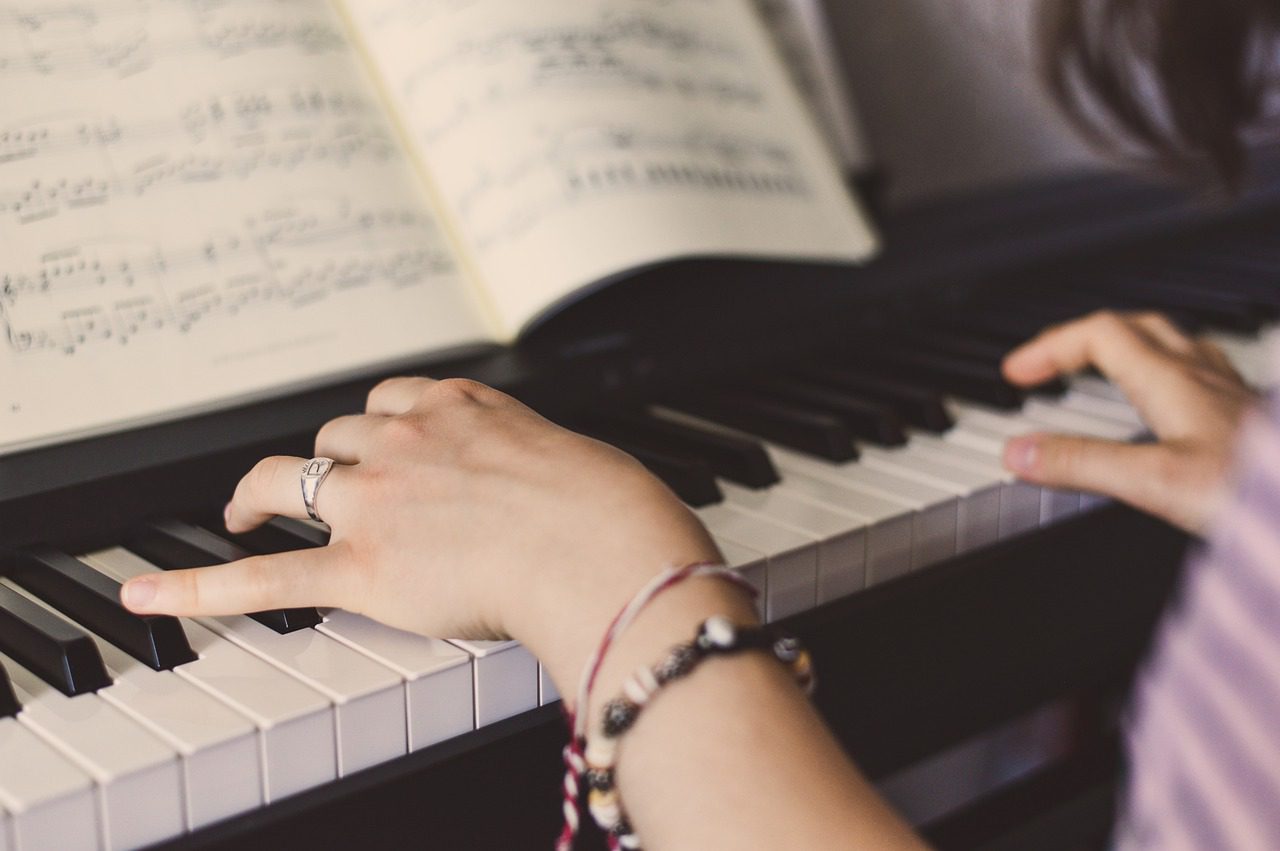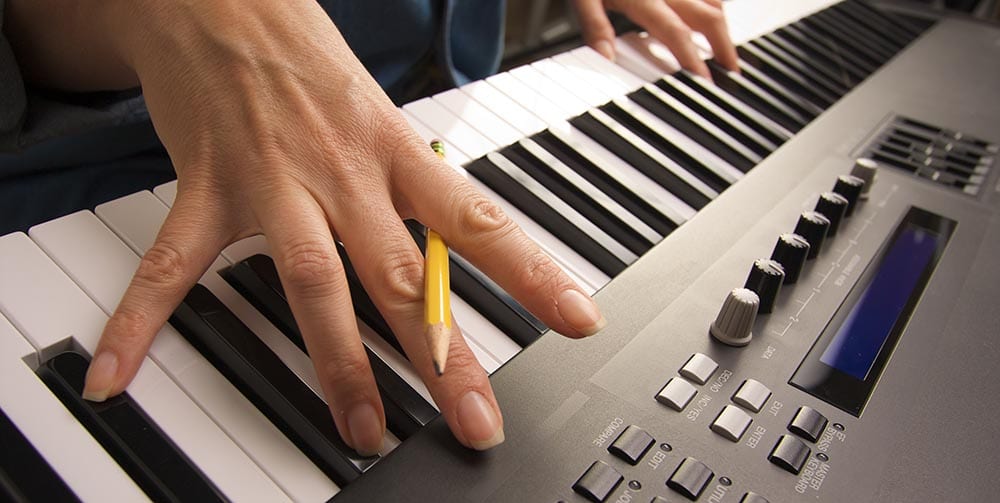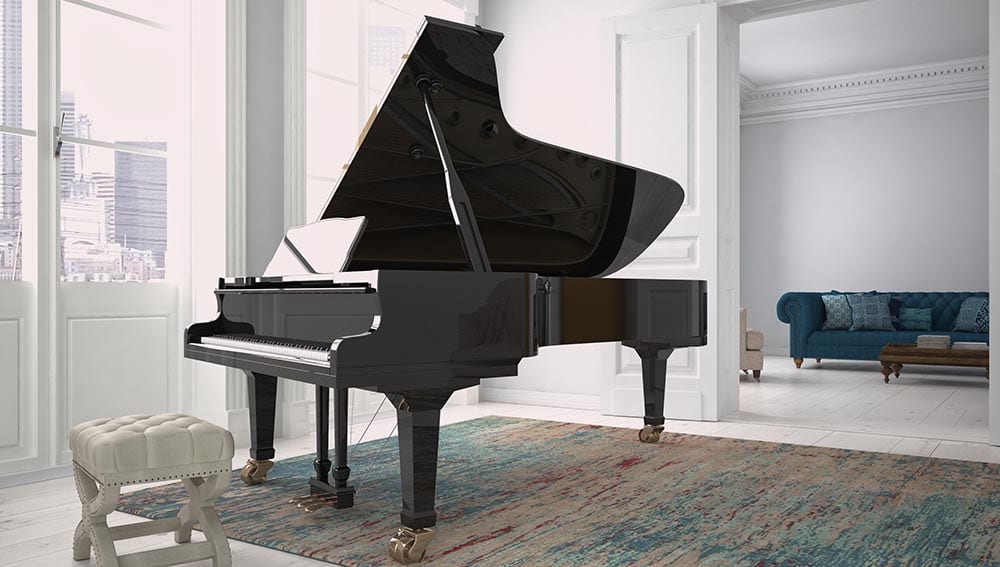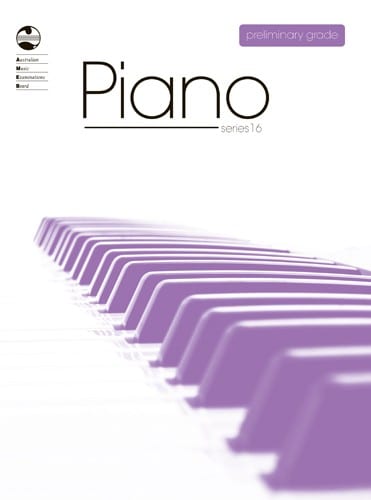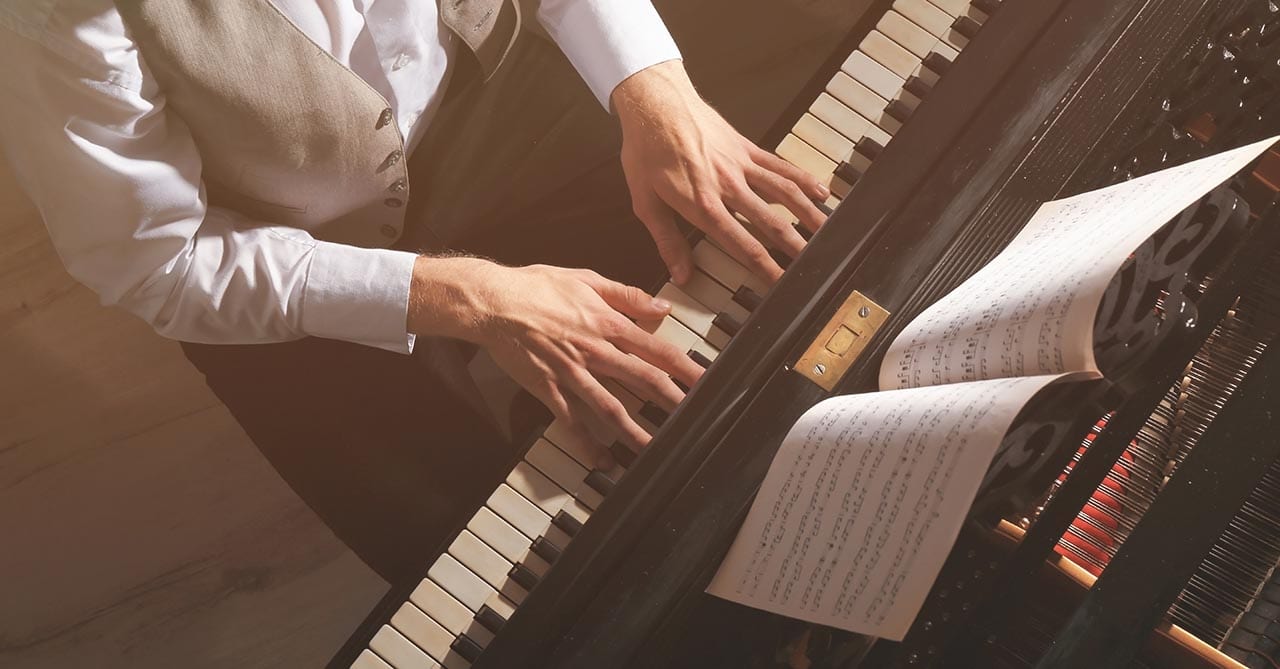The Complete Piano Story – from the Lowest A to the Highest C
The piano is the most popular musical instrument in existence and has a very long history. When people talk about piano history, they usually say that the piano originated around the year 1700 in Florence, Italy. While that is true for the modern piano design we’re familiar with, its true origins stretch back much further.
Let’s take a look at the complete history of the piano, tracing its origins back to the development of string instruments in ancient civilisation.
The First Musical Instruments
Popular theory suggests the first musical instruments were created by hunters, who discovered the earliest sounds of music with their bows and arrows. They realised a string stretched between two points created a harmonic sound, which would change depending on the size of the string and bow. This birthed the first string instrument – the harp.
The harp has been around for so long that it is mentioned in the Book of Genesis in the Bible. The harp’s string design would eventually go on to influence an entire line of stringed musical instruments, including the harpsichord, clavichord, violin family and the piano.
The frame of the modern piano broadly follows the shape of a harp, using the same principle of different sounds being created by different lengths of string. You could almost say that the harp, the very first instrument, is the first prototype of the piano we all know and love today.
The First Keyboard
Of course, the design of a harp is missing a very important component of what makes a piano a piano – the keyboard. However, the piano key layout also existed long before the piano was invented, going all the way back to 250 BC.
The instrument with the first keyboard was the Hydraulis. It is an ancestor of the modern day church organ and was the first instrument to use a system of manually operated piano key notes. The Hydraulis was designed by a Greek engineer named Ctesibius of Alexandria, who drew his inspiration from an even older instrument, the panpipes, which originated in China around 2000 BC.
A panpipe player could only play one flute (and tone) at a time, whereas Ctesibius wanted to create an instrument that could play multiple different tones at the same time. He designed an air compression mechanism that was powered by water. Like modern pipe organs of today, each pipe of the Hydraulis was tuned to a specific note.
Water and air pressure would build up in a wind chamber. When the keys were pressed, air would be squeezed through a wind trunk leading up to a network of pipes, which would produce sound. Two special splash plates prevented water escaping into the wind trunk. While the keyboard layout of the Hydraulis was similar to today’s piano, with bass notes on the left and treble notes on the right, it only consisted of seven basic notes (A, B, C, D, E, F, & G).
The Next Generation of Pianos
The Hydraulis was a popular instrument in ancient Greece and the Roman Empire. This popularity continued into the middle ages where it slowly evolved into what we recognise today as a church organ after it was introduced to the western Catholic Church. The water-based mechanism was replaced with air-driven bellows that pumped air by hand. It was also during this time that the piano note chart evolved into the 12-note-pattern used in modern music today.
Sometime during the early 1400’s, someone decided to take the piano key layout of a church organ and attach it to the strings of a harp. This decision prompted an ever-evolving line of stringed keyboard instruments. They range from the harpsichord to the clavichord, eventually leading to the first pianoforte in the 1700’s.
The Pianoforte
The pianoforte was revealed in 1709 as an invention by an Italian harpsichord maker named Bartolomeo Cristofori. Cristofori based his design on the wooden frame of a harpsichord, combining it with a unique mechanism similar to the striking action of the clavichord.
Many different innovators have since shaped the functionality, appearance and sound of this instrument to create what we know today as the piano. The huge popularity of the modern piano is maintained today for its musical beauty, versatility and the ability for people from all walks of life being able to enjoy the gift of music.
At Pianoforte, we are proud to have taken a pioneering piano name. We offer a range of piano services in Sydney including piano rentals, piano repairs, piano tuning and second hand pianos. For expert knowledge and service, talk to the team at Pianoforte today.


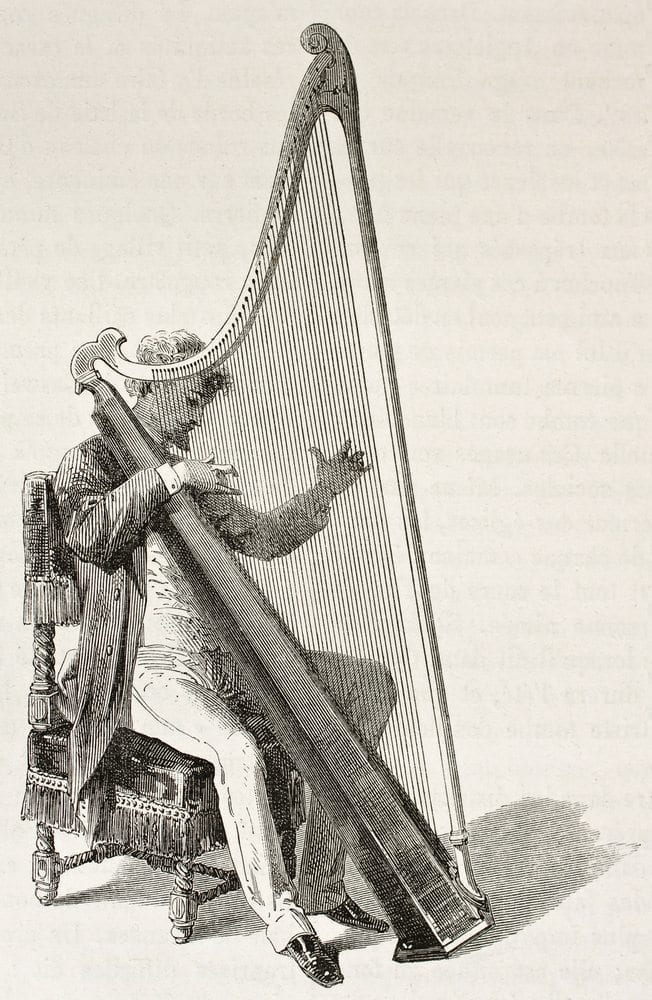
 December 9, 2016
December 9, 2016
